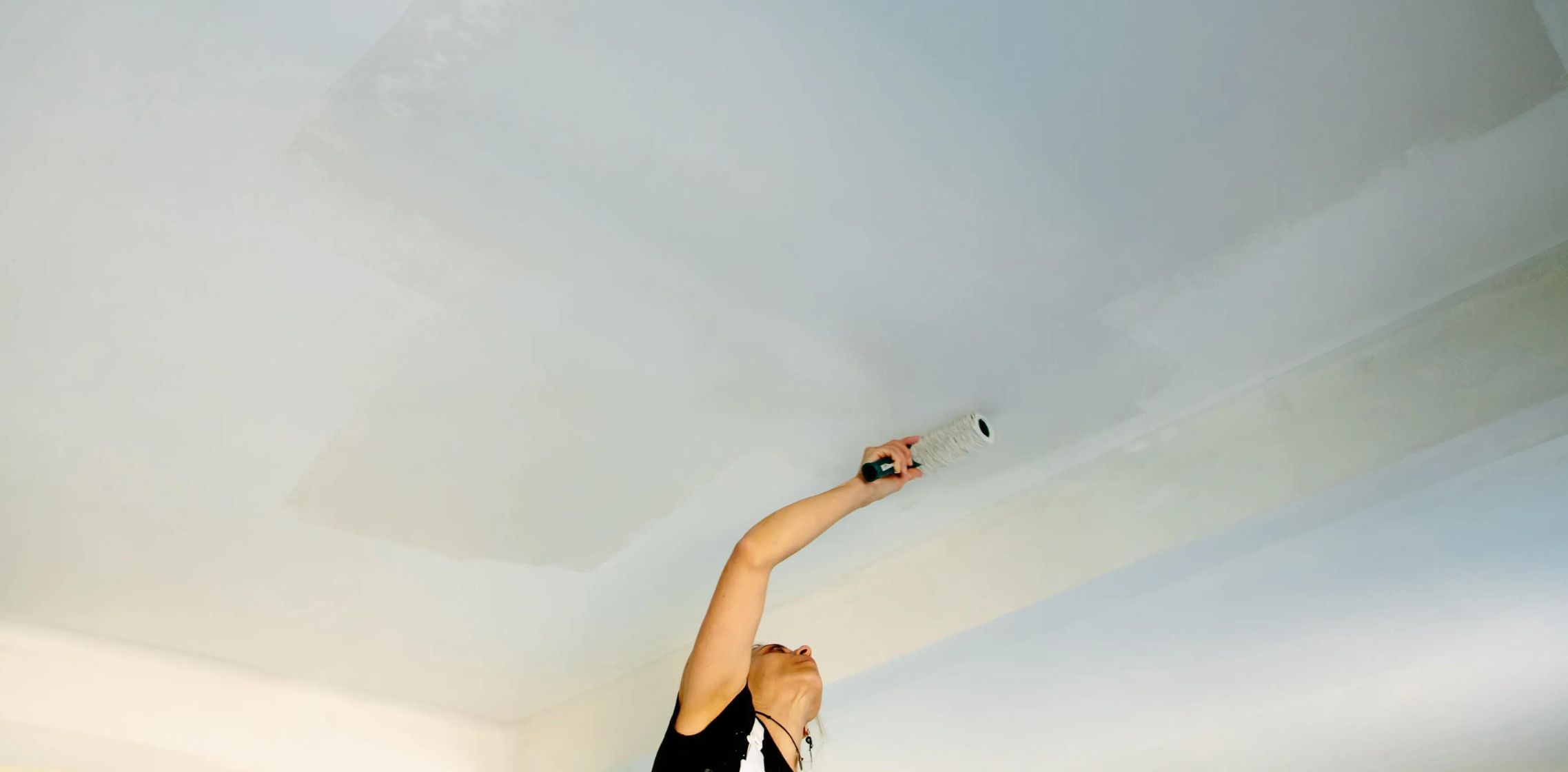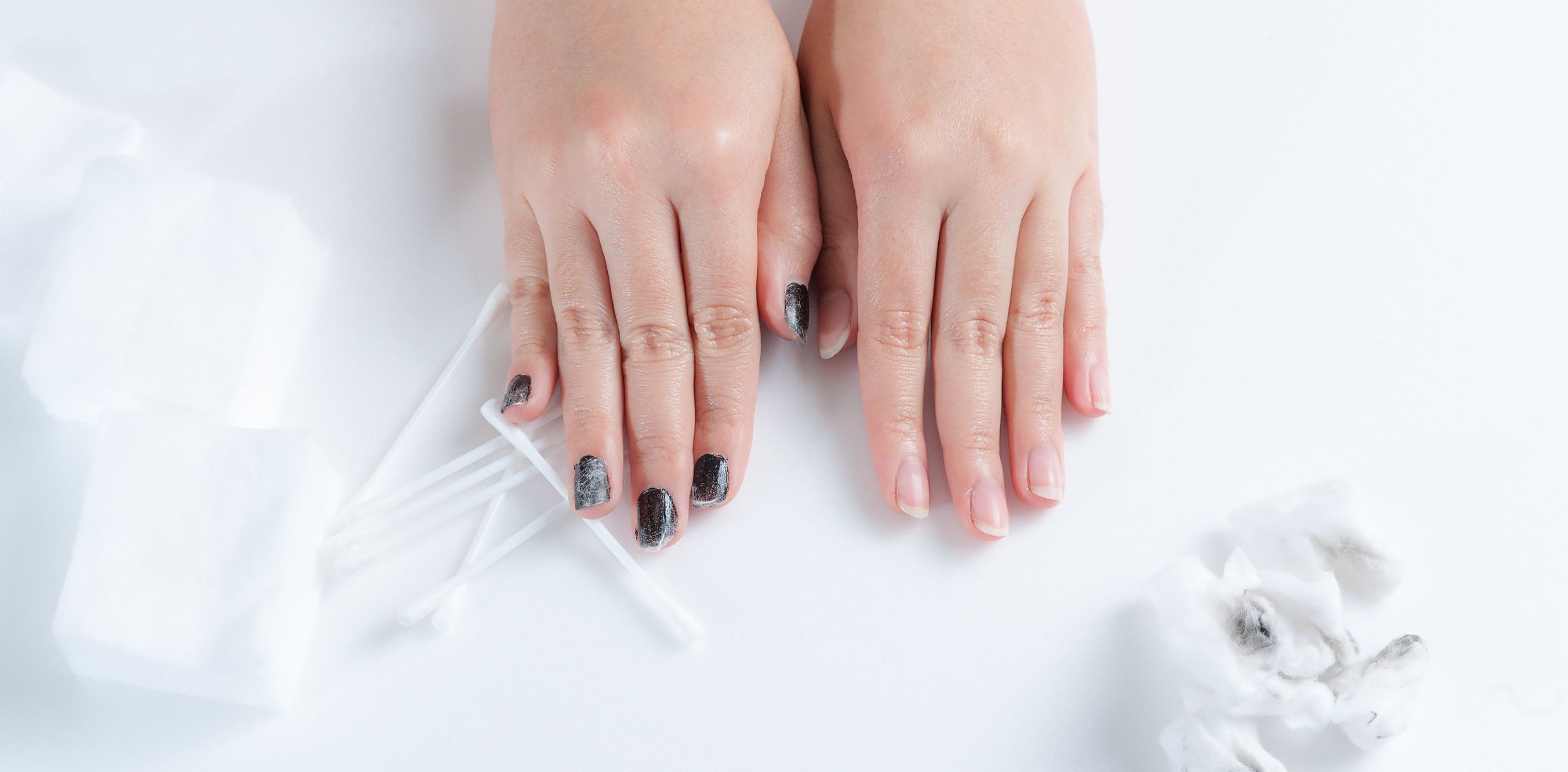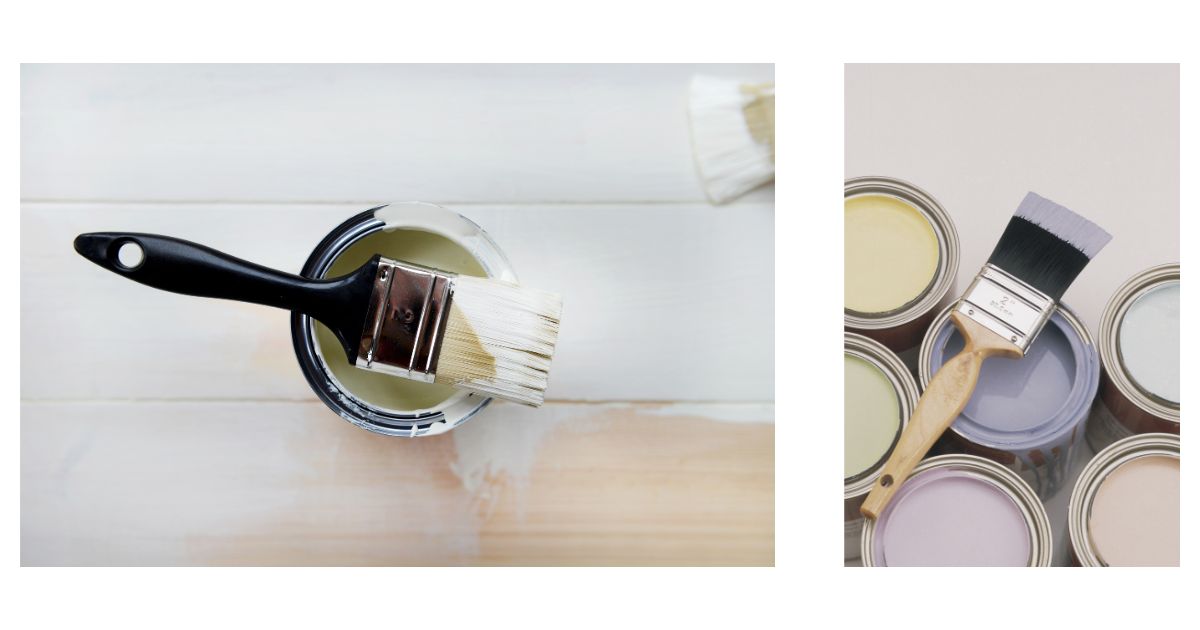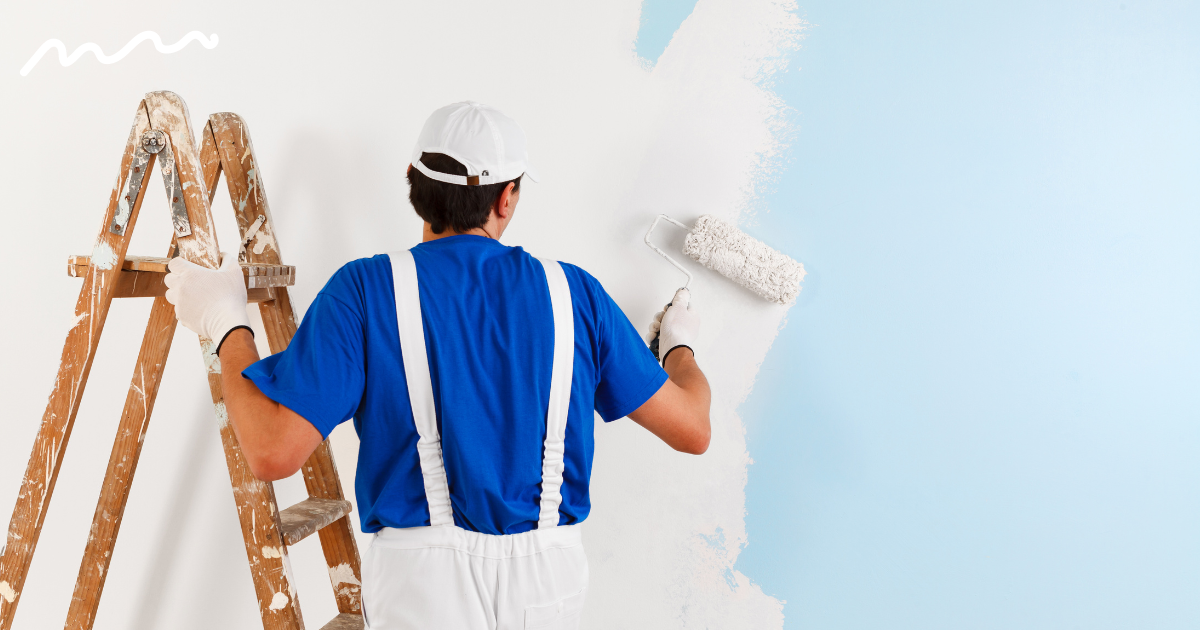When it comes to your home, proper maintenance is key to preserving its value and appeal. One aspect of home maintenance that offers substantial returns is painting, both inside and outside.
While a fresh coat of paint can transform any home, stucco exteriors require special attention due to their unique challenges such as cracking, fading, and efflorescence.
In this blog post, we will see in-depth options for painting stucco and guide you through the correct way to achieve a stunning and long-lasting finish.
Choosing Quality Paint and Colors
To enhance the architectural beauty of your stucco home, selecting the right paint quality and colors is crucial. Move beyond the traditional one or two-color schemes and consider a well-thought-out color palette that accentuates different architectural elements.
Seek professional advice from a reputable paint dealer or color consultant to make informed choices. Remember, investing in high-quality paint is essential for a longer-lasting and visually pleasing result.
While it may be costlier upfront, the protection it provides and the reduced frequency of repainting make it a worthwhile investment.
Preparing Your Stucco Surface
Preparing the stucco surface is just as important as the quality of the paint you choose. Regardless of how good the paint is, it won’t adhere properly unless the surface is properly cleaned. Start by thoroughly cleaning the stucco surface, removing any dirt, debris, or loose paint.
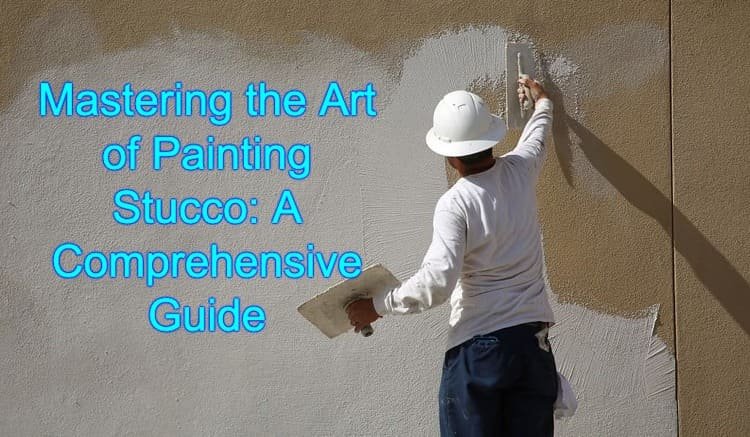
If there are cracks or imperfections, repair them using a suitable patching compound.
Additionally, consider power washing the surface to ensure a clean and smooth canvas for painting. Proper preparation is the foundation for a flawless and durable paint job.
Applying Paint with Precision
When it comes to painting stucco, technique matters. Begin by applying a high-quality primer specifically designed for stucco surfaces. This will create a solid base for the paint to adhere to and improve its longevity.
Once the primer has dried, it’s time to apply the paint. Consider using a roller with a thick nap to ensure even coverage and reach all the textured areas. Work in small sections, applying the paint in a consistent and overlapping motion.
For smaller details and crevices, use a brush to ensure every nook and cranny is adequately coated. Multiple coats may be necessary, depending on the desired color and the condition of the stucco.
Maintenance and Longevity
After completing the painting process, proper maintenance is essential to protect your investment and extend the life of the paint job. Regularly inspect the stucco for any signs of damage, such as cracks or peeling paint, and address them promptly to prevent further deterioration.
Consider applying a clear protective sealer to enhance the paint’s resistance to fading and weathering. Additionally, periodically clean the stucco surface to remove dirt and debris that can accumulate over time.
Stucco Textures & Finishes
Stucco textures and finishes offer a wide range of options to enhance the appearance of your home or building. By exploring the various textures available, you can gain a better understanding of the possibilities and make an informed decision on which one best suits your needs. There are several popular stucco textures to consider, each with its own unique characteristics and style.
One common texture is the Cat Face texture, which features a smooth surface with rough areas in between known as inclusions. These inclusions can vary in size, shape, and frequency, allowing for a customized look. Another option is the Dash finish, achieved by spraying stucco in light, medium, or heavy volumes.
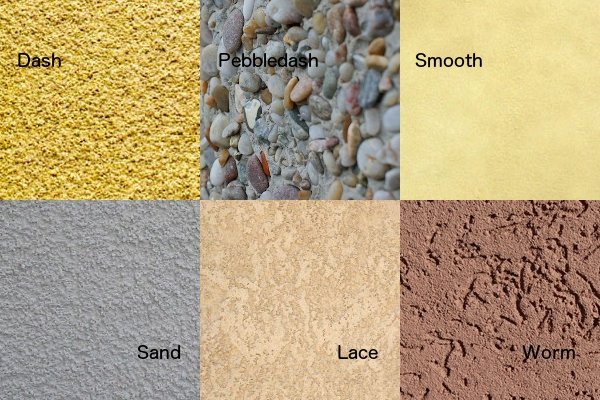
This texture can be applied by hand or with a hopper gun and offers versatility in achieving a uniform coat. Lace and Skip Trowel textures are also popular, providing a forgiving finish that can hide imperfections. These textures are typically applied in two coats and come in fine, medium, and coarse patterns.
When it comes to stucco finishes, you can choose from a range of options. Sand/Float finishes are popular in commercial applications, offering a basic texture that can be fine, medium, or coarse in appearance.
Smooth textures and finishes, although more challenging to achieve, are growing in popularity due to their easy-to-clean nature and customizable mottled look.
Worm/Swirl or Putz finishes incorporate larger pieces of aggregate, resulting in groove-like indentations for a unique visual effect. Lastly, the Santa Barbara finish utilizes smaller sand particles to resemble an older adobe style home, providing a hand-done irregular appearance.
Conclusion
Painting stucco the correct way requires careful preparation, quality materials, and precise application techniques.
By investing in high-quality paint, selecting the right colors, and following proper surface preparation and painting procedures, you can achieve a stunning and long-lasting finish for your stucco home.
Remember to prioritize regular maintenance to protect your investment and enjoy the beauty of your freshly painted stucco for years to come.



